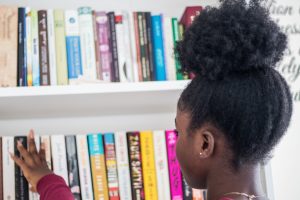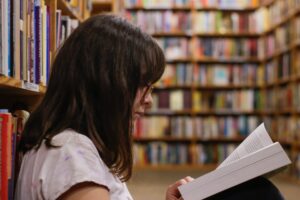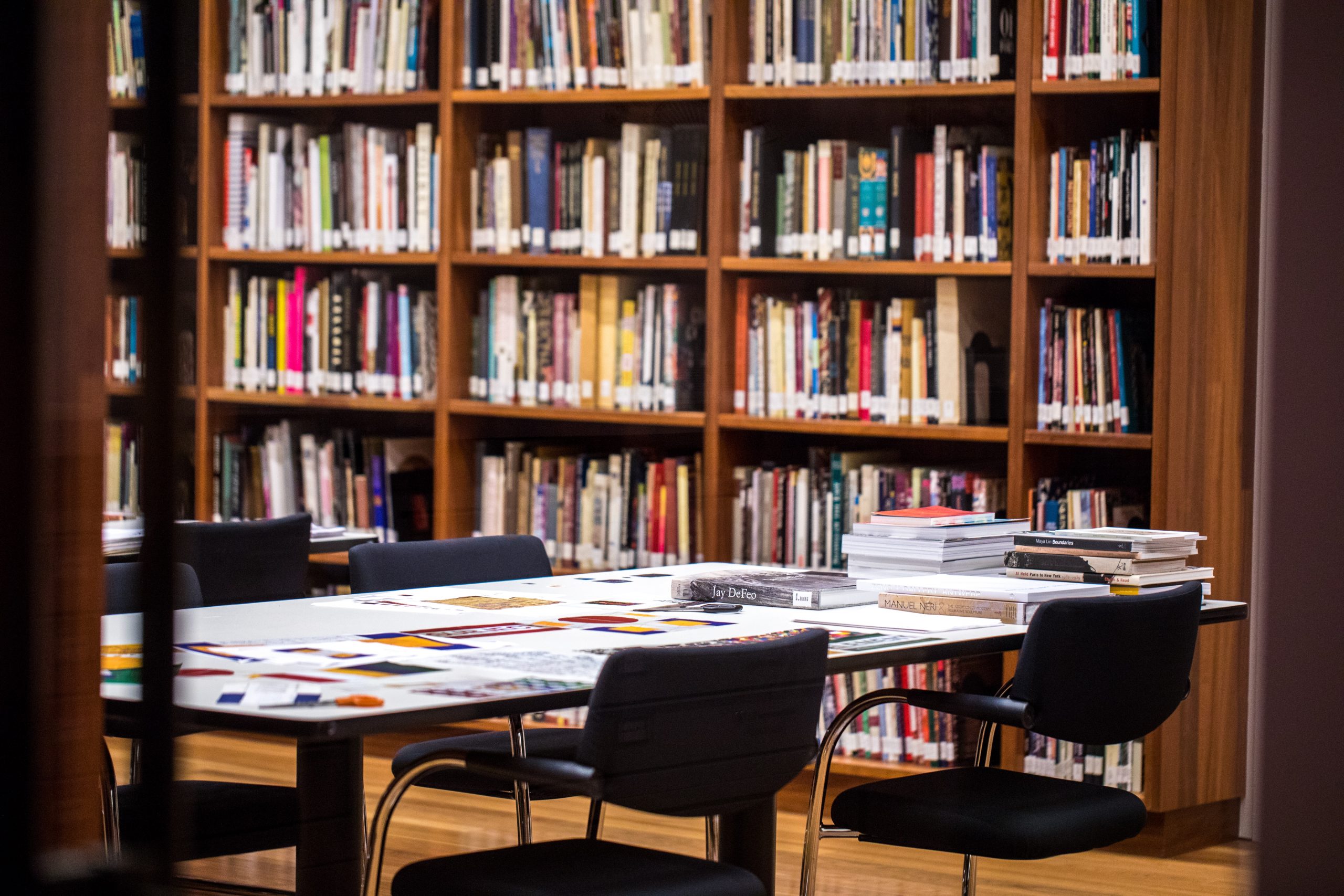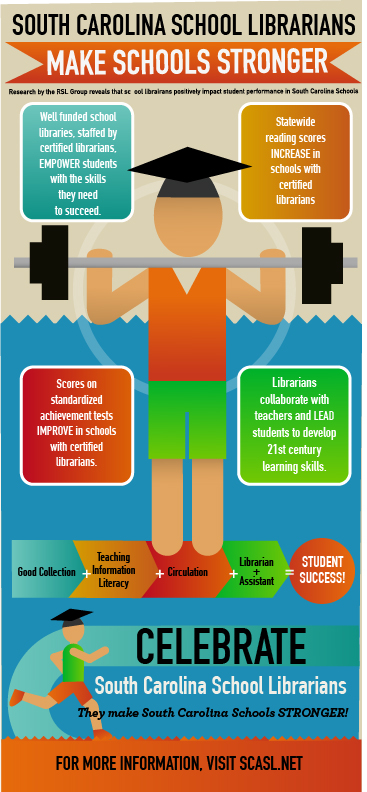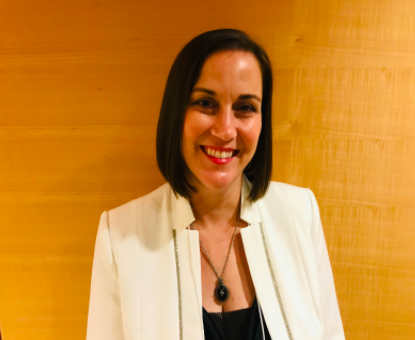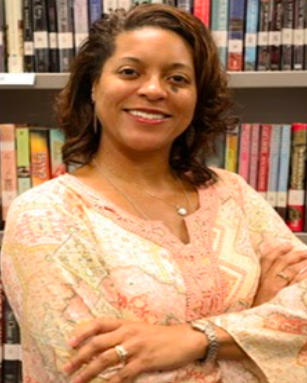By: Dr. Leslie D. Roberts, Assistant Professor of Reading at Georgia Southern University
Helping students develop a love for reading is a contentious and often enigmatic topic for both educators and researchers. The thought process of “this technique helped motivate me to read in school, so it should motivate my students to read” is often flawed. As educators, we learn that practices that are effective for increasing the reading motivation for one group of students, may not be helpful for another group of students; furthermore, the same practices that were once successful with a group, may not continue to work for them as they matriculate through school. In this sense, reading motivation is a fluid construct that educators are constantly striving to achieve with their students.

Perhaps my favorite book about reading motivation is No More Reading for Junk: Best Practices for Motivating Readers (2016) by Barbara Marinak and Linda Gambrell. In this text, Marinak and Gambrell remind us that it’s not enough to teach a student to read, but we need to instill an intrinsic love of reading. They also reiterate that motivating students to read should not involve rewarding them with prizes, pizza parties, points, or other public forms of display like keeping track of books read by individual students or comparing classroom reading progress. These types of systems often perpetuate a sense of competition, which may be helpful to motivate some students extrinsically, while simultaneously disengaging others who worry about their status in competition. And, for all of us who’ve experienced a reading program in school that awarded us free pizzas for reading books, we can attest that these incentives do not last into adulthood.
Motivating readers requires more than giving rewards for completing books, encouraging competitions to see who can read the most books, or asking them to read a number of texts in an allotted amount of time. The key is to ensure our students experience an authentic and intrinsic love of reading while in our classrooms, but how do we accomplish this when there are so many ‘gimmicks’ out there claiming to promote good reading habits? In order to encourage students’ intrinsic reading motivation and support them on their journey to becoming life-long readers, research suggests the need to look at students’ value of reading and their expectations for success with reading.
Ways to support life-long reading habits with students:
1) Allow Students to Make their Own Reading Choices
Researchers agree that choice of reading is a motivating factor for readers of all ages (Fisher & Frey, 2012; Ivey, 1999; Wigfield & Eccles, 2000). When empowered to choose a text about a topic or genre of interest, students will likely place a higher value on reading. Considering that books act as mirrors and windows (Bishop, 1990), allowing students to view themselves (mirrors) and to learn about others (windows) in the books they read, encouraging choice of text plays an integral part in creating insightful, reflective, and motivated readers.
2) Ensuring Students Have Access
Ensuring students have access to texts will likely increase their value of reading. Access may include varied exposure to books by taking trips to the library, providing a brief overview of a book through book talks, and being able to suggest books to students. Access to reading also refers to providing a space and time for reading occur during the school day (Gambrell 2009; Krashen, 2011). However, it is important to note, that this time should be intentionally carved into the school day, not just when students finish work early. It is crucial the time spent reading is substantial to allow students time to “get into a book.” Rather than allotting a few minutes every day for reading time, it is better to devote longer periods of time for reading every few days.
3) Reconsider What Counts as Reading
Reconsidering what counts as reading can also prove helpful for reluctant readers who prefer other forms of reading than the traditional book. Blog posts, graphic novels, comic books, and books with integrated technology represent some of the various alternatives to traditional texts that can engage unengaged readers and increase their expectations for success with reading.
4) Create Authentic Reading Experiences

We should strive to create authentic reading experiences for our students. When we consider the question, “how do I motivate myself to read?” we typically think of having a book that regularly engages us and makes us want to return to it again and again, until we’ve finished it. The same principle goes for our students. Reading shouldn’t be seen as a chore, and just because the initial part of a book was engaging, doesn’t mean it will hold students’ interest until completion. Students should be allowed to test and try books until they’ve found a “good fit book” they want to return to again and again.
Furthermore, after we’ve finished a great book, we generally don’t think of immediately creating a diorama of a scene from the book we’ve read, taking a test, or creating a book report to prove we’ve read this book, so we shouldn’t expect our students to be entirely motivated to do these things either. To ensure an authentic reading experience and still hold students accountable for reading, consider having them produce a book review. This could be on a teacher-made website or allowing students to create their own goodreads accounts. With this, students are able to find more books that may be of interest and participate in a community of readers and reviewers.
Creating Life-long Learners
Life-long readers are created through positive experiences with books in varied environments and teaching practices. Allowing students to see value in their reading experiences, as well as feel successful in their reading endeavors, are the keys to promoting intrinsic reading motivation. A one-size-fits-all approach, or a reading system built on rewards and prizes for reading, is rarely effective to instilling intrinsic reading motivation. Perseverance, patience, and flexibility are of utmost importance in fostering reading motivation with students. While this at times may seem exhausting and overwhelming, cultivating students who are life-long readers is the best reward a student and teacher could receive.
References
Bishop, R. S. (1990). Mirrors, windows, and sliding glass doors. Perspectives, 6(3), ix-xi.
Fisher, D. & Frey, N. (2012). Motivating boys to read: Inquiry, modeling, and choice matter. Journal of Adolescent & Adult Literacy, 55(7), 587-596.
Gambrell, L. B. (2009). Creating opportunities to read more so that students read better. Reading More, Reading Better, 257-258.
Ivey, G. (1999). A multicase study in the middle school: Complexities among young adolescent readers. Reading Research Quarterly, 34(2), 172-192.
Krashen, S. (2011). Free voluntary reading. Libraries Unlimited.
Marinak, B. A., & Gambrell, L. B. (2016). No more reading for junk: Best practices for motivating readers.
Heinemann.Wigfield, A., & Eccles, J. S. (2000). Expectancy–value theory of achievement motivation. Contemporary educational psychology, 25(1), 68-81.
About the Author

Dr. Leslie D. Roberts is an assistant professor of reading at Georgia Southern University. Having been a middle school ELA teacher for five years, she realized how important intrinsic motivation was for her students’ success in reading. Her research focuses on reading motivation for students across grade levels, content areas, and ability levels.



